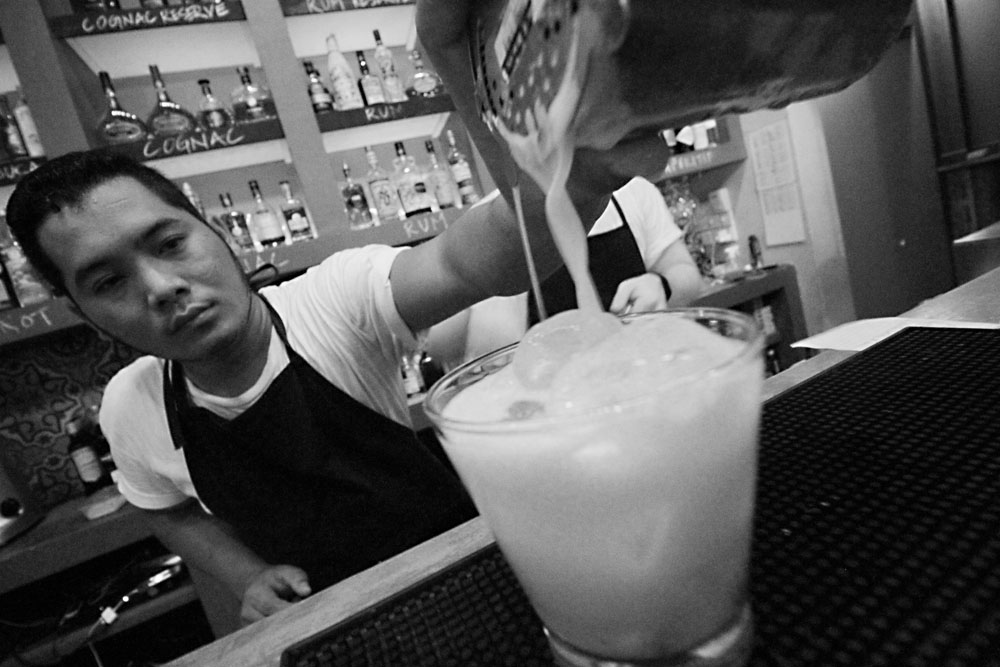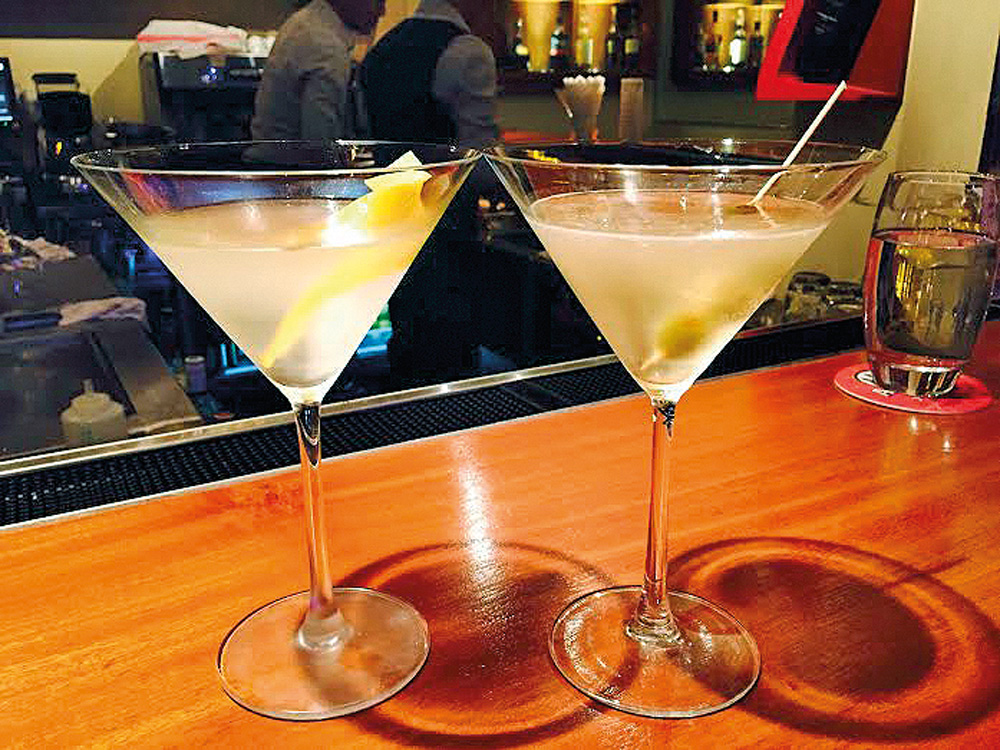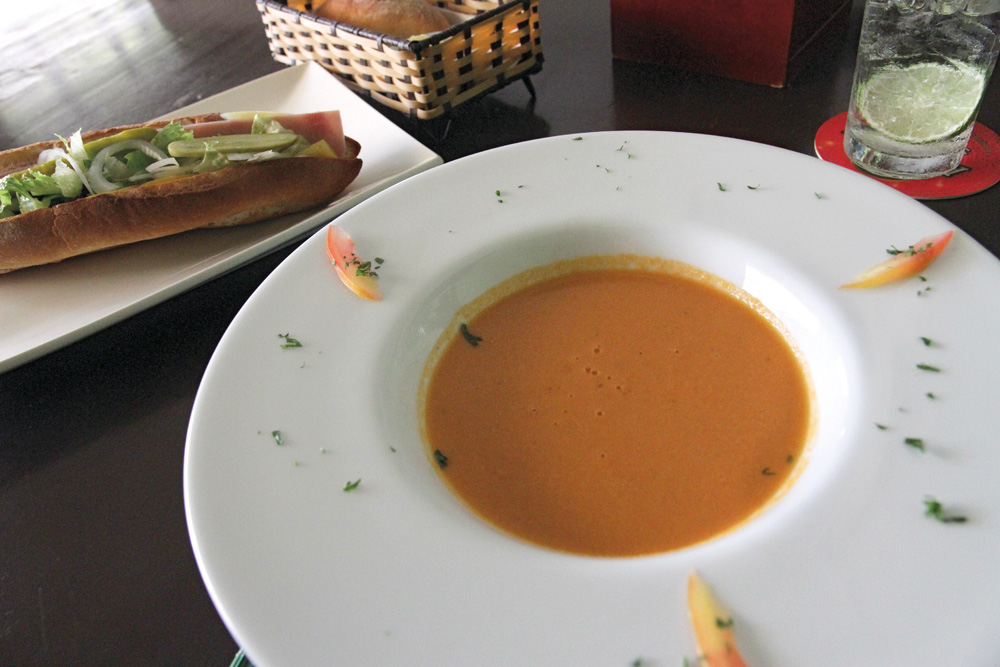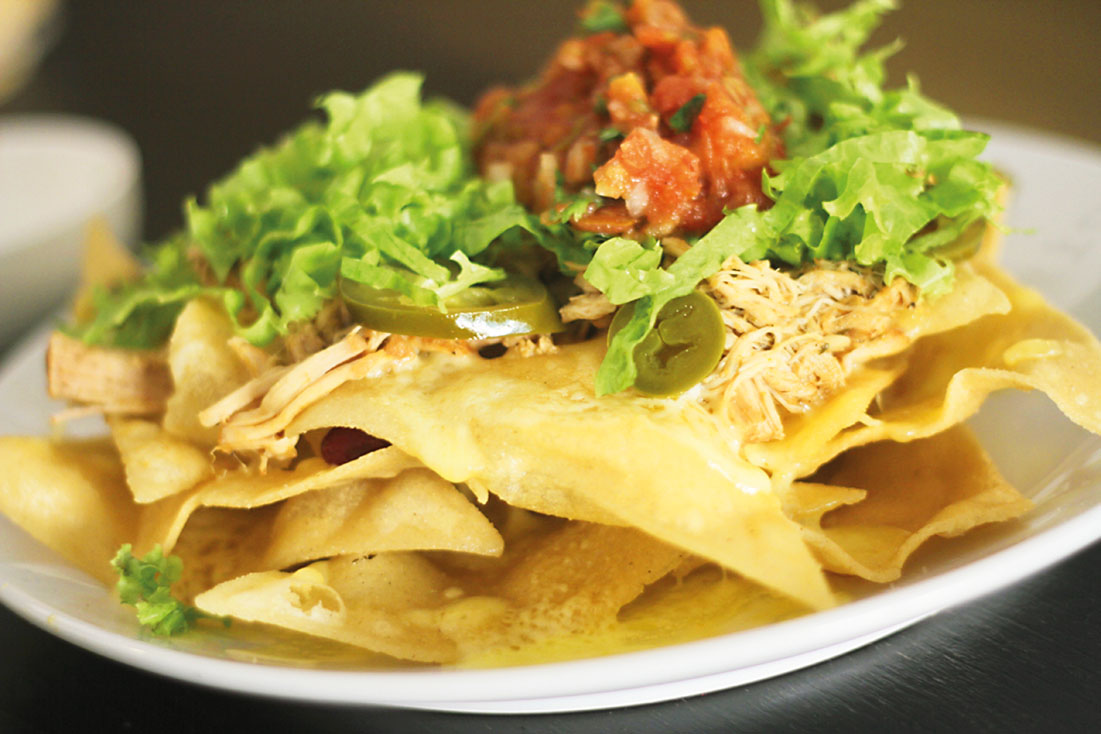About this time a year ago I checked the forecast. Thunder showers Sunday was the prediction. Perfect, says I. Monsoon Cocktails and dinner in the rain. As Sunday’s clouds gathered, I hastened to one of the many canopied places on Street 172 and ducked in just as the sky billowed with fat monsoon stratocumuli. I ordered Jack on the rocks. In moments, proper Niagaras of rain were beating a lusty tattoo upon the awning, falling in heavy sheets mere inches from my body. It was that lavish, roaring, seething rain that only the monsoon can muster. Dueling bolts of lightning flashed and clashed and the mighty thunder bellowed magnificently. I held my drink out under the pearly waterfall, and within the space of two thunderclaps the glass brimmed. Behold! A Monsoon Cocktail.
Rainy season should last ‘til October with thundershowers and storms about three a week. Check with weather sites for up-to-the-minute forecasts. Then grab your brolly, pack your poncho, and come to these rainy day haunts.
Luna
The place for drinking during light drizzles, when the air is alive with gossamer droplets that caress rather than fall. Try sitting beneath the spreading umbrella of the big tree in the courtyard. A dish of mixed olives and a glass of wine garnished with a few dewdrops make a decadent afternoon snack.
#6 Street 29.
One More
This is the place for a bistro style dinner under the awning when it’s coming down in buckets. The red tile floor is rimmed by luxuriant potted palms. Peer through that verdant screen at the rain as it drums a soft timpani solo on the awning above. Its gathered waters pour a crystal sheen onto the plants below. Car tires sluicing through the watery street make earthly counterpoint to the music from on high.
#16Eo Street 294.
The Terrace
An old colonial villa on a quiet corner in Tuol Sleng neighborhood. It’s good for food or drink in any kind of wet. In gentle rains, the outdoor wicker tables are close enough to reach out and touch the falling drops. Within, on creaky old wooden floors, it’s open and airy. It keeps you close to Meteora, goddess of the storm, but safe from her worst fits.
#43 Street 95.
Che Culo
Perfect for drinks at the big open window counter. The deep, softly lit room is well regarded as a place of refuge from the summer sun, but on those misty days and nights you may find yourself gazing dreamily at the downpour as you contemplate your drink in the sheltering dry.
#6B Street 302.
11 Happy Backpacker
Food, drink, music and laughter under the deluge. It’s a sprawling rooftop cabaña overlooking the old quarter, a place to rock out as the rain falls. Sit at the long counter overlooking St. 136 if you don’t mind a little spray in the face. Or you can take refuge from the storm amid conversation pits deeper within.
#87 Street 136.



